How to set up an upright bass (Double Bass)
- News
- 15 Aug, 2019
There is absolutely nothing magical or difficult about setting up an upright. It's all very straightforward and logical, if approached with care and thought and common sense. It need not take more than a few minutes - even for those with no instrument building or adjusting experience.
Most setups basically involve simply adjusting the grooves in the nut, then adjusting, locating and positioning the bridge.
Important advice, Whatever you do, do it SLOWLY.
Below is a graphic with the Upright Bass or Double Bass part, this graphic will help you to understand the name of each part and its location.

There are three things we recommend you should have:
1. Bass stand, if you don’t have one you should invest in one. We have them at our accessories page and they are well worth the investment.
2. Bass Tuner, or some way to tune the bass to pitch.
3. You will need a lint cloth or T-Shirt, this is used to protect the top of the bass while setting up the bridge.
The Set Up
The easiest way to set up a bass is in the standing position on a stand or in the corner of one of the rooms of your home. If you don’t have a Bass Stand use the Bass Gig Bag as backdrop.
Place the lint cloth in between the tailpiece and the bass, this will keep the tailpiece from scratching the bass while you are loosening the strings. Also be sure to check the endpin at the bottom of the bass and be sure it is pushed all the way in (they are NOT glued for a reason) and the saddle (black loop cord) is securely fastened to the endpin and in the correct position.
All basses are shipped with the bridge off and generally with the strings on. You will now need to loosen each string. Each time you turn the tuning machines is about a 1/2 turn. So loosen each tuning machine 25 to 30 1/2 turns. You only need to loosen the strings up enough to flip the bridge into place.
Installing The Bridge
The Taller side of the bridge goes with the E or fattest string and the Shorter side of the bridge always goes with the G or smallest string. This obviously means the bridge can ONLY go on one way.
Remember the strings only need to be loose enough to flip the bridge into place. Be sure all the strings are in their slots at the NUT. With your left hand pull the strings out where the bridge will go and with your right-hand position the bridge behind the strings and flip it into place.
The bridge should be positioned at the CENTER point of the F HOLES, the F HOLES have a small notch at the center point.
There is room to move the bridge slightly up or down and each way will bring the strings either closer or farther from the fingerboard depending on what type of music and style you like. I wouldn’t recommend any more than a 1.5 inch variance in that position as the bridge should be as close to the internal SOUNDPOST as possible for optimum tone.
Wherever you decide to put it you should leave it as moving it months down the line will result in different intonation and the notes won’t be where you expect them and you have to get used to the scaling all over again. The idea is to find that optimum point where the strings are close to the neck but not so close that they buzz. Once you are done with that it’s time to tune the bass up so you can start playing it!!
Tuning Up The Bass
Basses are tuned to E A D G.
It’s important to remember that upright basses aren’t like electric basses so the strings on an upright won’t be near as tight as what you would expect on an electric bass. Having said that, an easy way to remember it is if you think you are tuning to high YOU PROBABLY ARE. SLOW down and take it easy, you can damage your bass seriously if you tune to high.
Important: the strings will not play if you are on the octave BELOW to the correct one, so if you are ever unsure, always go down, you can ALWAYS go back up! Some things to keep an eye on while you are tuning is to BE SURE the BRIDGE is not slanting and remains in a straight position while you tune the strings. The looser the strings are when you tune up the more likely the bridge will slant while you are tightening the strings.
Also make sure again that the ENDPIN and SADDLE are secured correctly. If you are tuning one string at a time remember that once you tune one string up and go to another the pressure will grow on the neck causing the strings to ‘detune’ so you will need to go back several times and tune each string. Within a few days the bass, neck, and strings will settle and your bass will stay in tune with only minor adjustments to it.
What if the soundpost becomes dislodged?
We are often asked, “what is that wood dowel floating around in my bass?”
That’s what we call the soundpost and it is NOT supposed to be rolling around. Without the soundpost in place your bass is vulnerable to damage and the soundpost is key to the deep resonating tone of the bass.
It is not uncommon for a soundpost to dislodge during transit of the bass. The soundpost is NOT glued in place and simply is lodged into place underneath the bridge going from the front to the back of the bass. The soundpost also has slanted ends to help it lodge into place.
Putting a soundpost back into place can be an easy 10 minute job IF and I say IF you have the right tool. If you don’t have the right tool you should ask your local music shop for help, it should cost no more than $20.00.
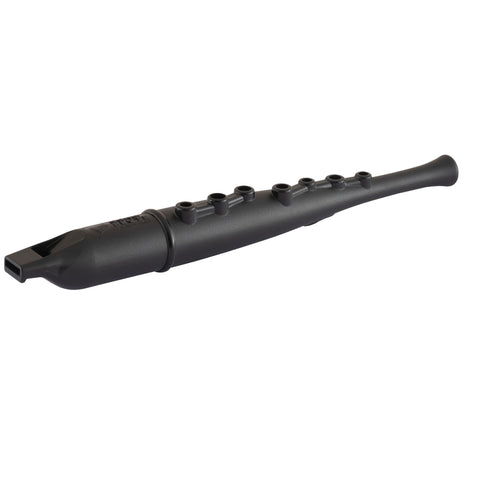

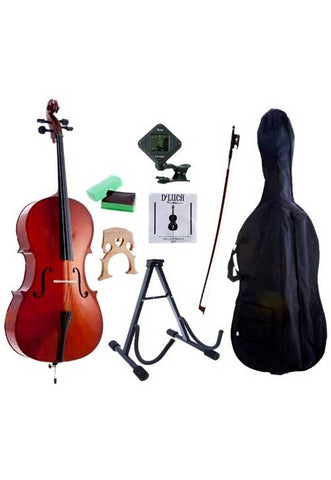

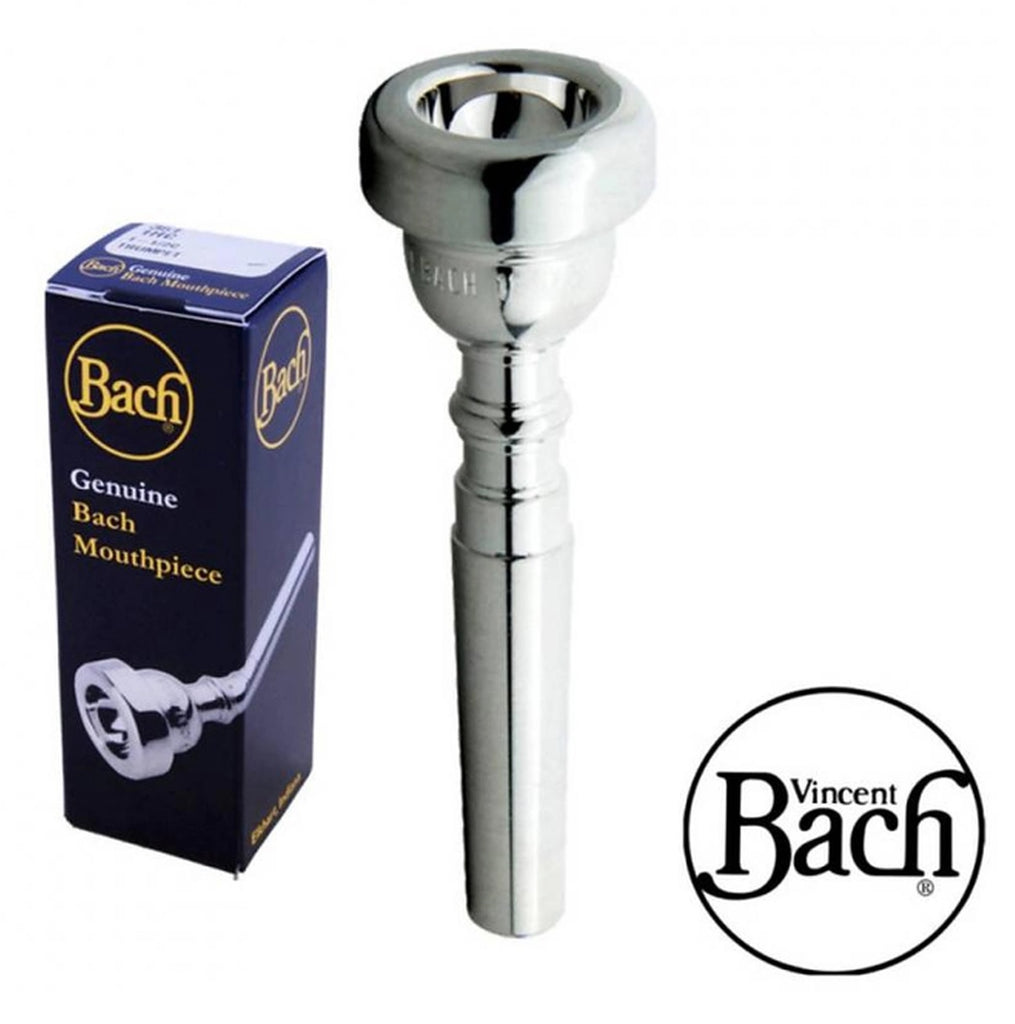
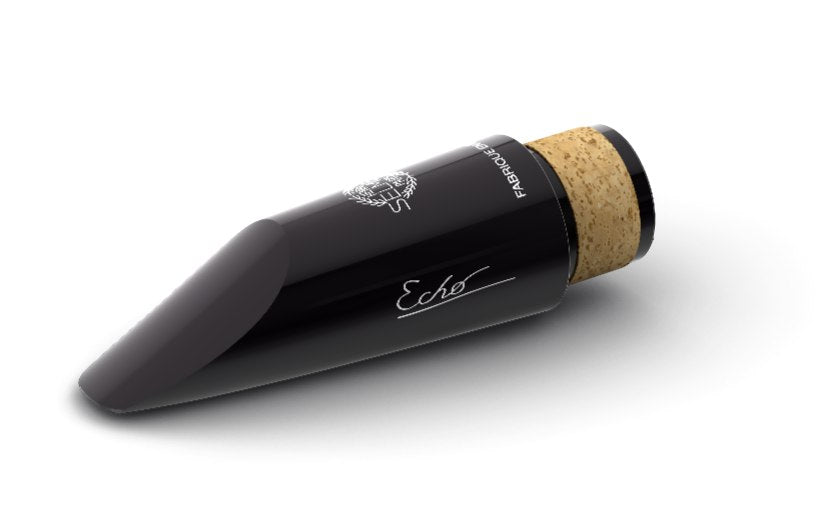
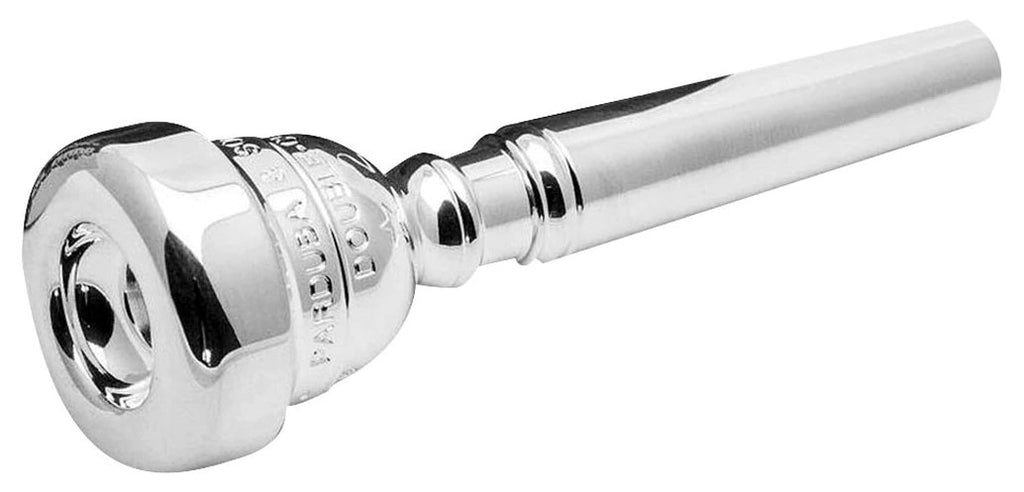

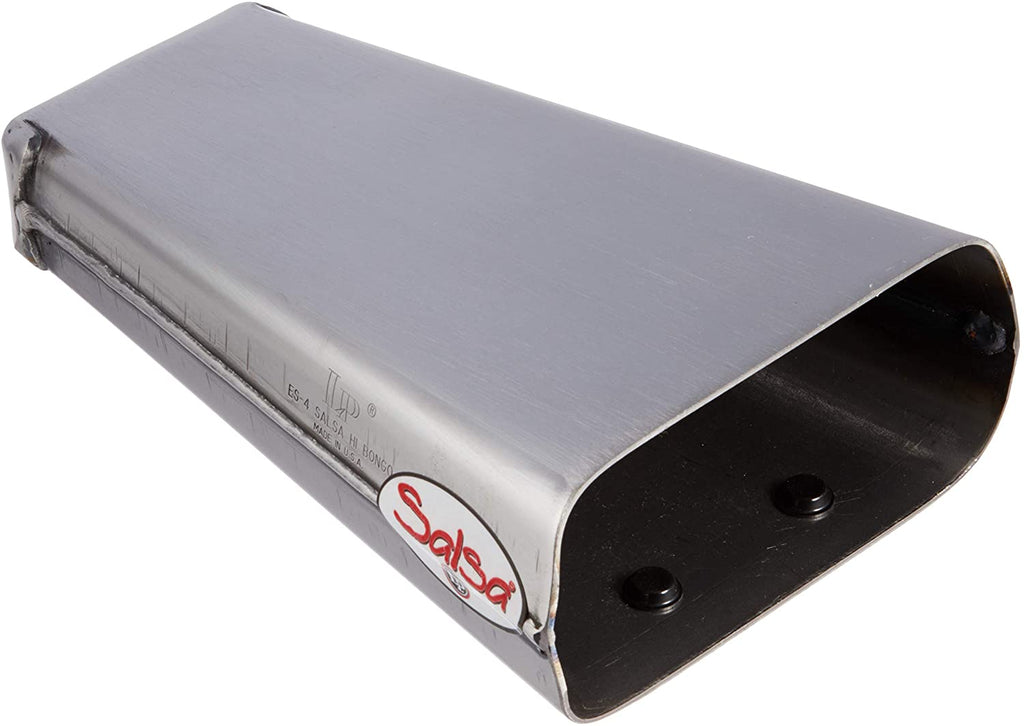
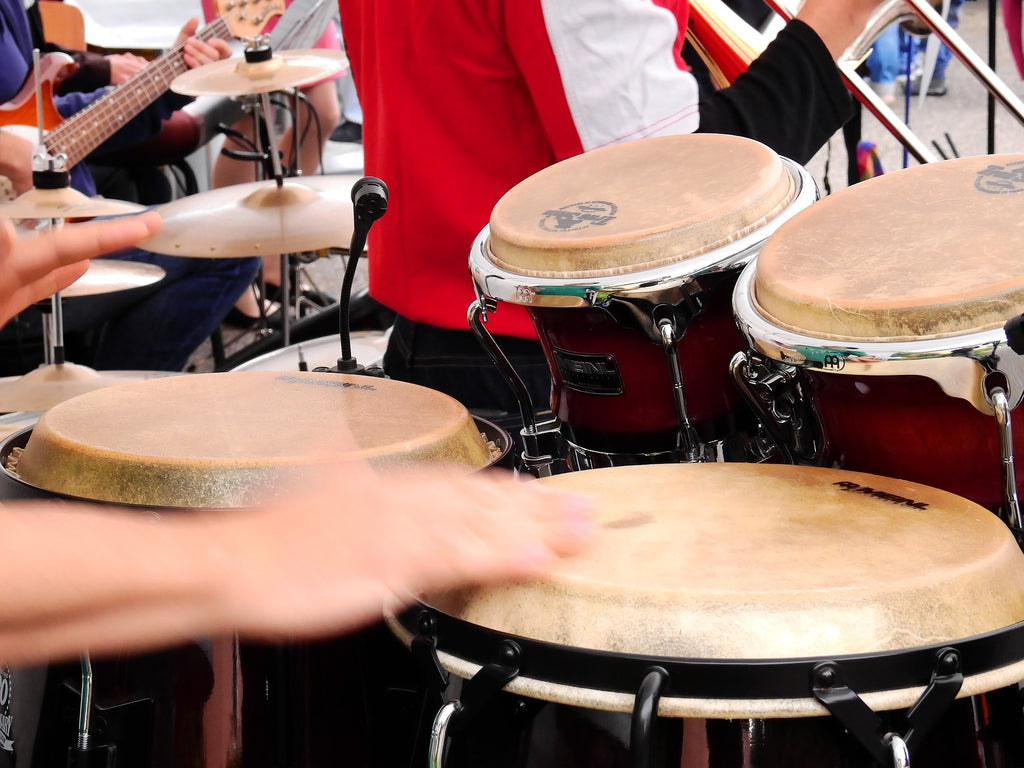
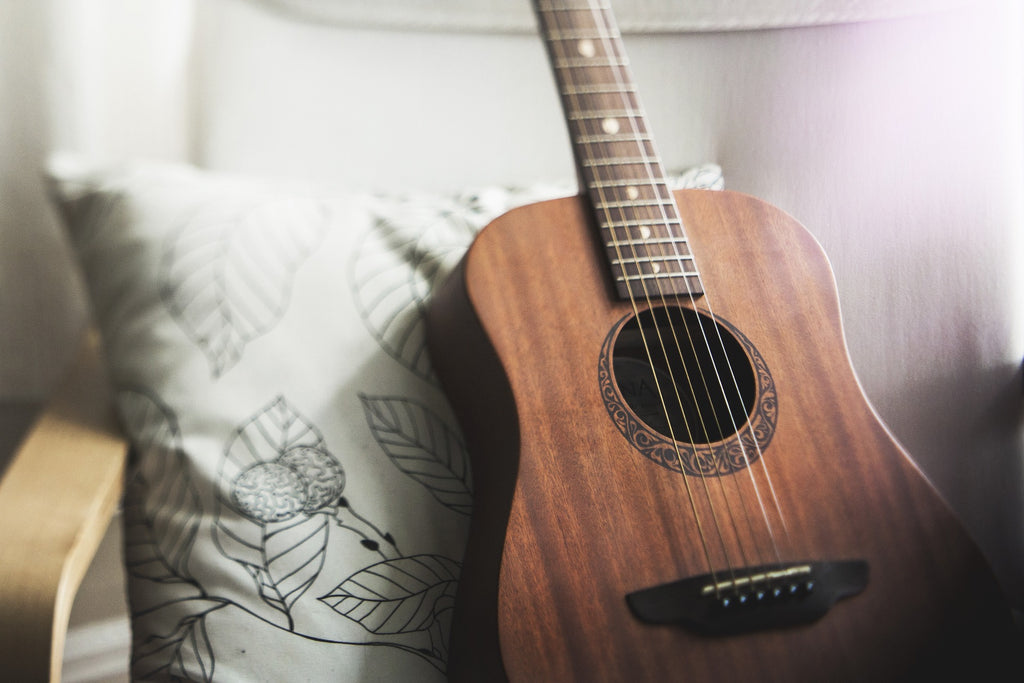

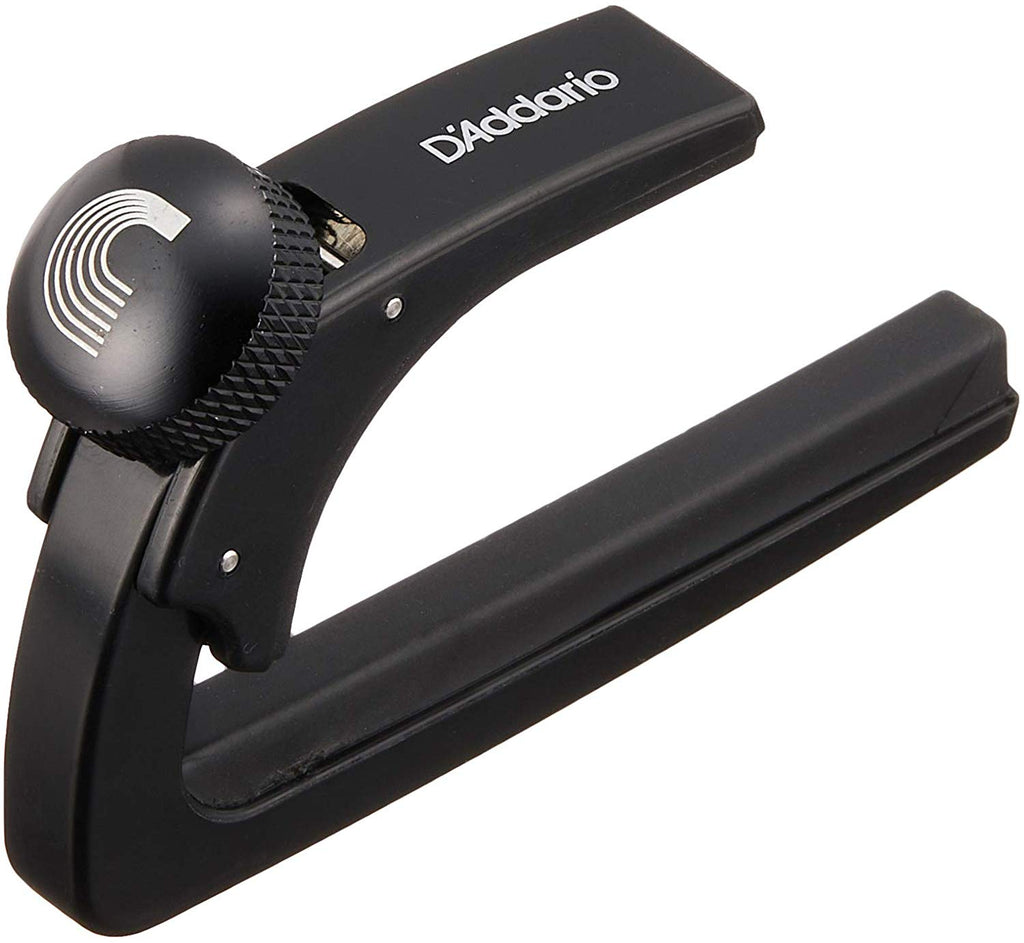












2 Comments
Thanks for the helpful information.
I just noticed spelling errors you might want to fix.
Regards
Paul.
Having said that, an easy way to remember it is if you think you are tuning to high YOU PROBABLY ARE. SLOW down and take it easy, you can damage your bass seriously if you tune to high.
Use the word ‘too’ not ‘to’, e.g.,
…seriously if you tune too high.
“Below” not "Bellow is a graphic……..